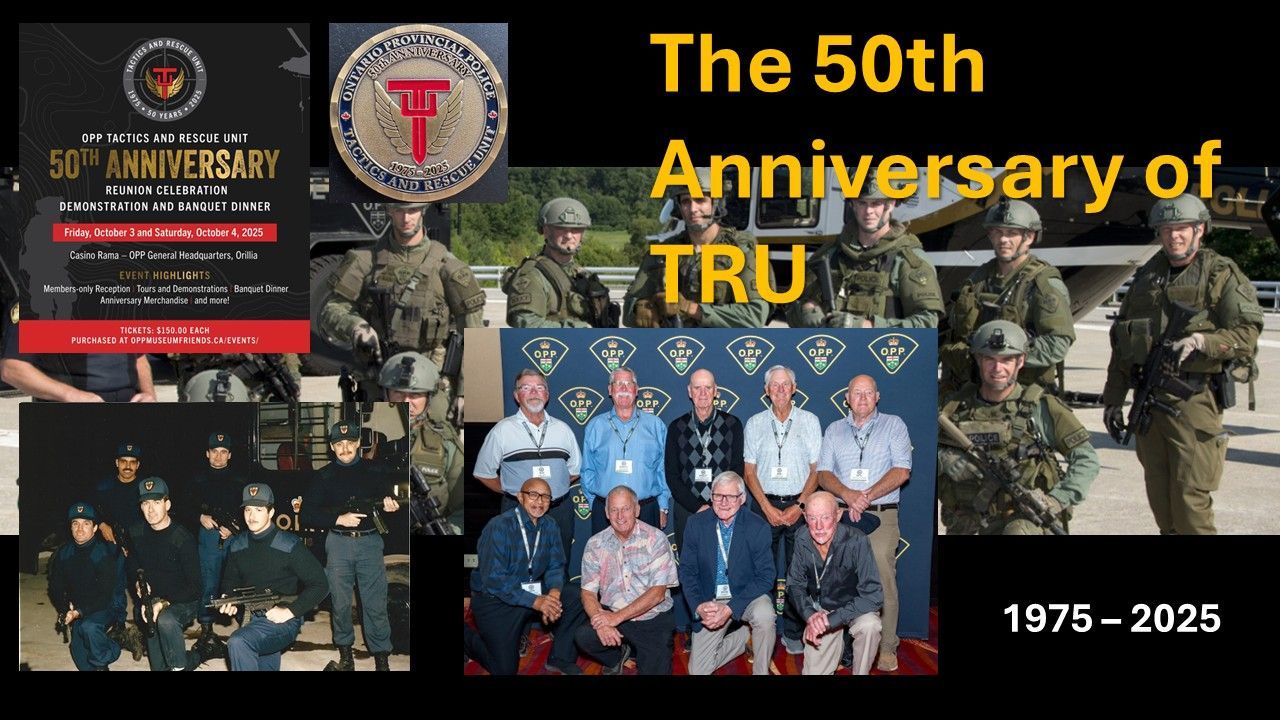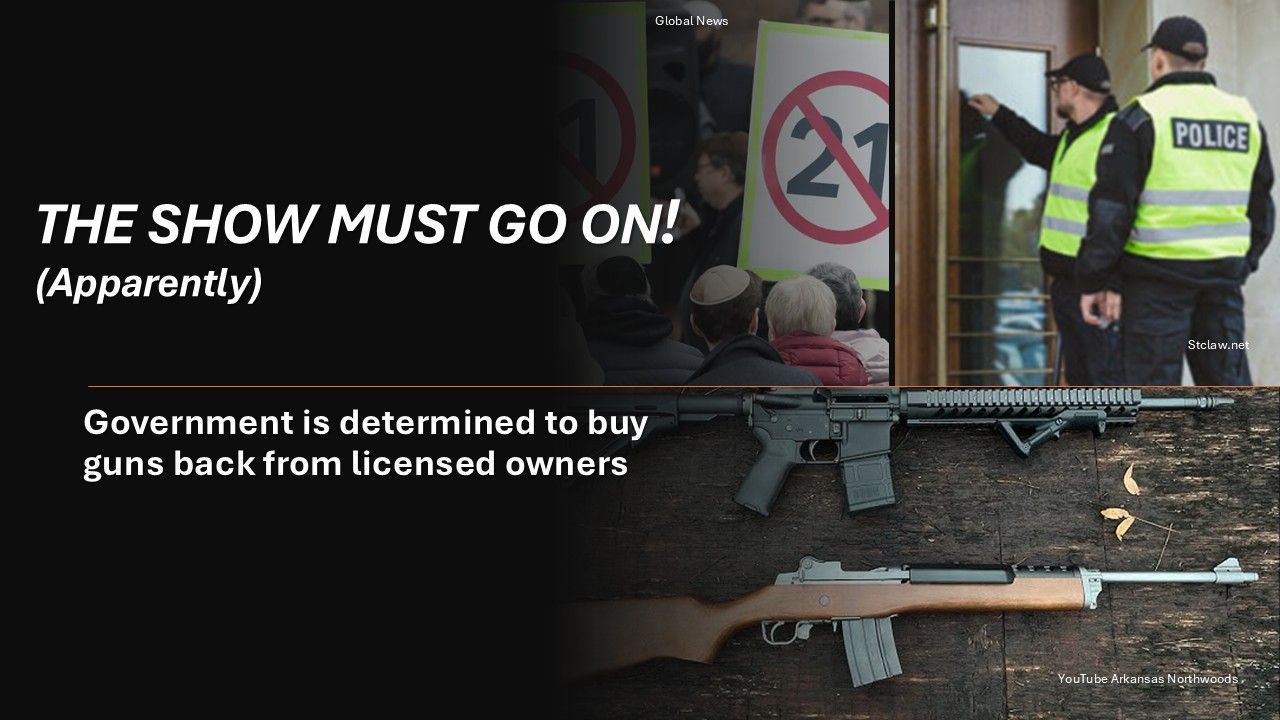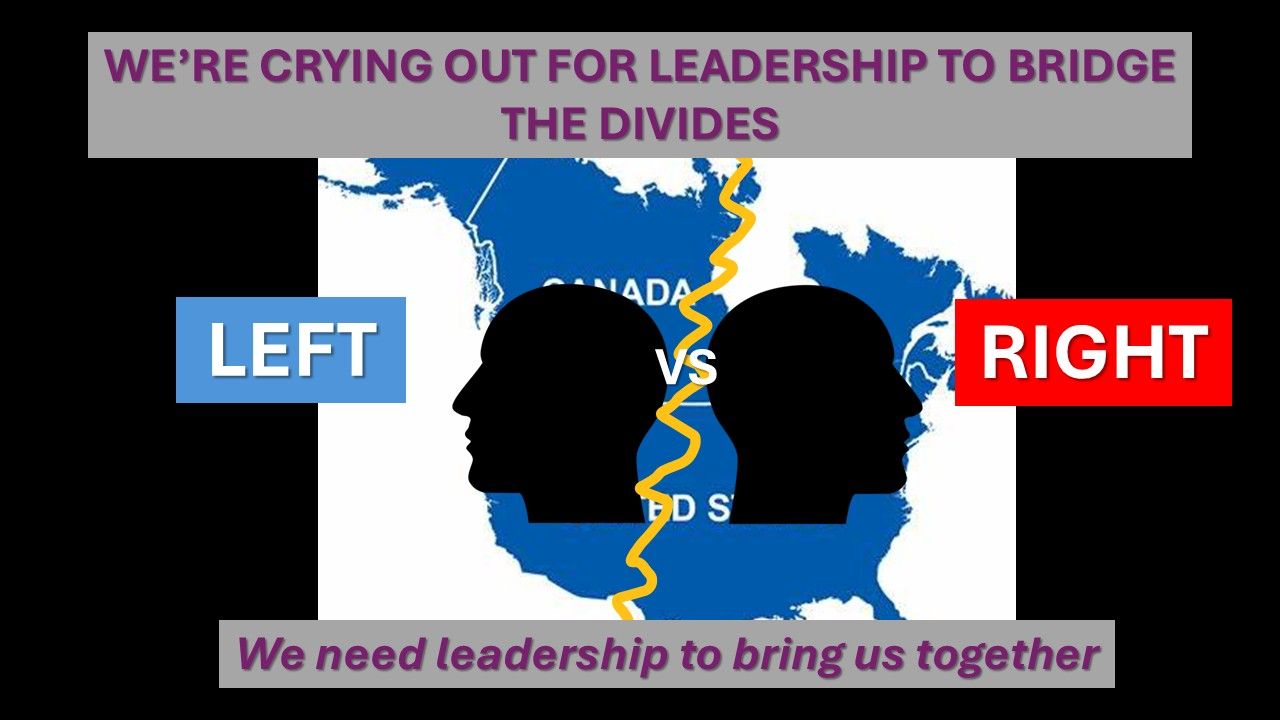New Paragraph
Cover photo from www.tcsupfitting.com
In the emergency response context, there has been much discussion and research over the past 20 years regarding the effects of traumatic events of policing, fire and EMS operations on officers and some civilian personnel. It could be a single occurrence, several events or the cumulative result of many years of dealing with stressful incidents, but undoubtedly many personnel have suffered from varying degrees of mental health issues.
Police and other emergency responders are subjected to many horrific incidents 24/7 in their operational careers. Some of them involve grizzly deaths and untold exposure to danger and at times threats to their lives. In the policing world, making decisions around the use of deadly force and being subjected to assaults and attempts on their lives are not uncommon events.
U.S. police Captain and author Saul Jaeger, M.S. says that police officers “are exposed to an average of 178 critical incidents throughout their career, while the average person encounters two to three traumatic events in their life.”[i] EMS and fire service personnel would likely have similar stats.
Thankfully, the conversation is alive, given that in the past such discussion only occurred around the impacts of war on military personnel. Successful programs and proper resources are now largely in place to help uniformed and civilian employees (mainly call takers and dispatchers) and much has been done to try and break down the stigma that still does exist to some extent, resulting in employees being reluctant to self-disclose any symptoms of an Operational Stress Injury.
But what happens when the trauma that employees are exposed to isn’t related to operations, but to individuals, groups or cultures within the organization itself? Or in other cases, following an operational stress injury an individual experiences ‘sanctuary trauma’ from the organization they expect to be protected by, only to feel even more trauma and stress from unsupportive individuals or laborious HR processes.
Organizational stressors in the policing world, often fall into one of several of the examples below:
- Inconsistent leadership style;
- Leaders that over-emphasize the negatives (e.g., supervisor evaluations, public complaints);
- Difficult co-workers;
- An unhealthy organizational culture;
- The feeling that different rules apply to different people (e.g., favouritism);
- Co-workers seeming to look down on sick or injured members;
- Dealing with difficult and/or weak supervisors (poor leaders);
- Excessive administrative duties;
- Staffing shortages;
- Pressure to volunteer free time;
- Unequal sharing of work responsibilities;
- Bureaucratic red tape/lack of decision-making;
- Promotional processes; and
- Internal investigations.
Some of those issues may be individual perceptions by some employees and I acknowledge that not everyone can be pleased, but often where there is smoke there is fire. Leadership is key at all levels, and must be consistent, fair, communicative and accountable to mitigate as many of these concerns as possible.
Organizational stressors, such as limited resources, interpersonal conflict, discrimination, and, significantly, ineffective leadership impact the mental health of police officers, much like operational stressors, which include traumatic incidents, risk of physical injury, and high consequence of error. (Simmons-Beauchamp, Sharp, 2022)[ii]
‘Sanctuary trauma’ is described by author Lisa Williams in her 2023 article entitled: Adding Insult to Injury: Sanctuary Trauma and Moral Injury, as:
…refers to the experience of trauma within a supposed safe or trusted environment. It occurs when individuals experience violations of trust perpetrated by members of their institution, or when an institution causes harm to an individual who trusts or depends on that institution.[iii]
In that vein, I recently heard of an incident under my watch, wherein a member who had been involved in a very challenging police operation that resulted in a death to a civilian and serious injuries to several officers, eventually approached a supervisor in our HR, and disclosed the mental health issues he was facing. The HR supervisor apparently replied with words to the effect of “Oh great, another (operation X) case.”
Obviously that disappointing welcome did not give the officer any sense that caring and supportive assistance would follow, which he harbored quietly within until he mentioned it to a retired senior officer friend years later. Here is a case where an officer is suffering from an operational stress injury and is brave enough to come forward following years of anguish, but was then subjected to sanctuary trauma by someone whose job it was to support the member. It made me physically ill to know that despite preaching that our members need to seek the help they deserve and that they will be supported, that such insensitive behaviour was exhibited under my command. How much more destructive conduct occurred at different organizational levels that completely flew in the face of what we were trying to achieve? Attempts to end the “suck it up” attitude exhibited by some supervisors and managers apparently fell on some deaf ears.
Of course, potential harmful internal environments (organizational and sanctuary failures) are not isolated to emergency responders. Companies and agencies of all sizes can be equally susceptible to ‘people’ – alone in or in clusters, at peer, supervisory and/or executive levels, that either inadvertently treat individuals in insensitive and harmful ways or are simply determined to make the lives of some others a living hell.
I propose that even in the policing realm, some of those negative experiences can have an even greater impact on the mental health of those on the receiving end than those exposed to severe acts of violence and threats to their lives. From a ‘career-risk’ perspective, disclosing such environments or seeking help because of their affects, can become even more threatening to hurting individuals.
A 2022 study conducted by Daniela Acquadro Maran, Nicola Magnavita and Sergio Garbarino, entitled: Identifying Organizational Stressors That Could Be a Source of Discomfort in Police Officers: A Thematic Review, stated the following:
Analysis of the included articles revealed four main themes in organizational factors, the presence or absence of which could influence police officers’ well-being as follows:
- Social support from the organization;
- Leadership;
- Organizational culture;
- Bureaucracy.[iv]
Given that ‘leadership’ is my raison d'être, I noted that the report went on to say, “In a previous study by Russel, it was found that there was a lower perceived level of burnout in the group with a leader who exhibited high levels of transformational leadership. This type of leader is able to mitigate perceived burnout, especially when stress levels are low.” In my view this is an important statement.
I’m a firm believer that effective leadership is paramount to building committed employees; strong and united teams; productive and trusting relationships (inside and outside of the organization); high morale; elevated levels of productivity and professionalism; and most importantly: inspiring people to do and be their very best.
Administrative, bureaucratic and cultural challenges employees face that cause them organizational stress, can be identified by leaders that know, understand and listen to employees. Good leaders model caring, supportive and communicative leadership for all supervisors and managers, and they monitor and mitigate unfair or oppressive actions among them. They do all they can to improve working conditions for the betterment of the team when specific failures become apparent. Unfortunately, such wrongs do not always rise to a higher level out of fear of disclosure by the individual(s) affected, or so-called leaders higher in the food chain burying them due to a lack of their personal support or fear that reporting it up might jeopardize their career aspirations.
As always, leadership is a must. In the operational realm, true leaders will guarantee that meaningful trauma support programs are in place; that members understand what is available and how to gain access; and that a continuum of positive organizational dialogue occurs at all levels regarding program criticality. It can’t only be about posting a pamphlet and a contact phone number and then ticking off a box on a ‘To Do’ list. They need to do all they can to ensure that any impediments to members accessing those programs and the help that they deserve, are mitigated and detractors appropriately dealt with.
It's important to note that sadly, having all the effective programs humanly possible will not persuade some employees to self-disclose trauma they have experienced. That remains a reality.
Leadership failings can exacerbate employee operational, organizational and sanctuary trauma in several other ways and the frequency of personnel reporting same, including:
- Failing to create a positive culture of understanding, support, respect and trust;
- Neglecting to effectively address problem employees and supervisors that impede that culture or violate established processes; and
- Failing to develop a supervisory and management team that consistently strives to build employee trust through the best and the worst of times, 24/7, 365 days a year.
Law enforcement leaders cannot prevent members from seeing, feeling, hearing, smelling and experience the very worst situations society has to offer. They can only provide exceptional leadership, offer the best in training and equipment and listen to the suggestions of employees on how to lessen the gravity of some of these occurrences and their impacts. But traumatic operational events will still occur.
However, leaders can and must provide the finest in programs and support to help them deal with such tragedies when they do happen.
Conversely, organizational and sanctuary trauma can be prevented – through best-in-class leadership. Law enforcement employees need and deserve nothing less.
[i] Jaeger, Saul: The Impact of Life Experiences on Police Officers, FBI Law Enforcement Bulletin, 2023,
https://leb.fbi.gov/articles/perspective/perspective-the-impact-of-life-experiences-on-police-officers
[ii] Simmons-Beauchamp, Bonnie and Sharp, Hillary: The Moral Injury of Ineffective Police Leadership: A Perspective, Frontiers in Psychology, April 15, 2022, https://pmc.ncbi.nlm.nih.gov/articles/PMC9051365/#:~:text=Organizational%20stressors%2C%20such%20as%20limited,of%20error%20(Schafer%2C%202010%3B
[iii] Williams, Lisa: Adding Insult to Injury: Sanctuary Trauma and Moral Injury, Fit Responder, 2023, https://www.fitresponder.ca/post/adding-insult-to-injury-sanctuary-trauma-and-moral-injury
[iv] Acquadro Maran, Magnavita and Garbarino: Identifying Organizational Stressors That Could Be a Source of Discomfort in Police Officers: A Thematic Review, International Journal of Environmental Research and Public Health, 2022, https://pmc.ncbi.nlm.nih.gov/articles/PMC8951201/




